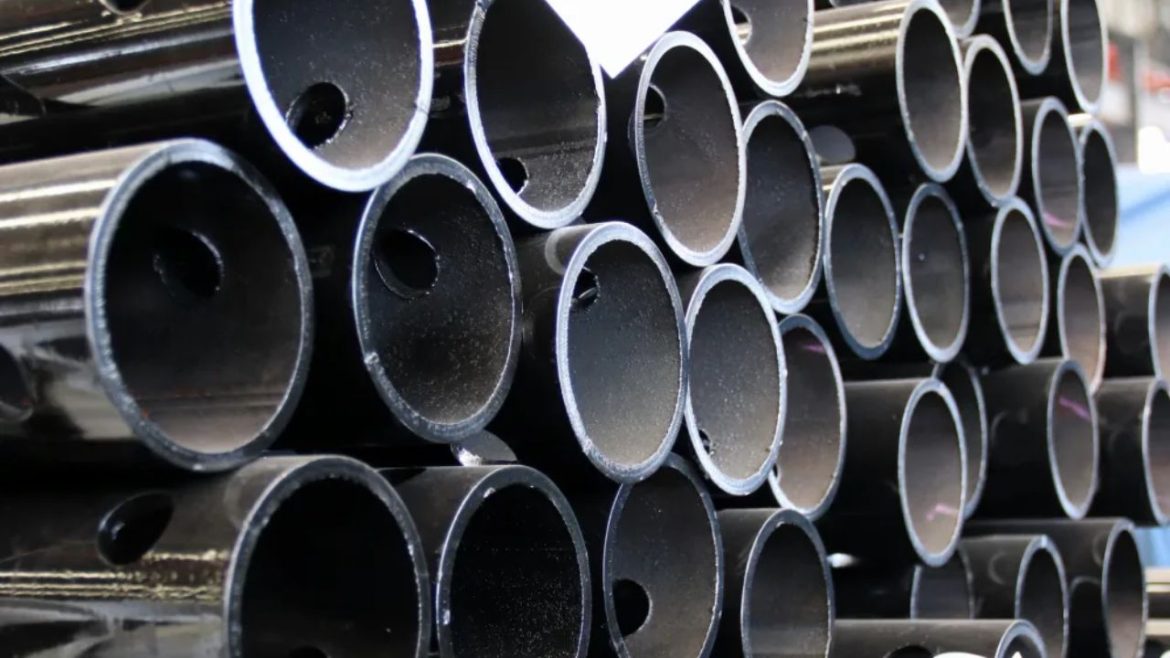The choice of a good pipe is a substantial undertaking when considering a piping project that has direct influence on performance, cost, and system life of a project or undertaking. Out of dozens of options, one of the most universal and reliable ones undoubtedly is Schedule 40 pipe that tends to be used in the vast majority of both commercial and industrial circumstances. Having been considered to balance between strength, versatility, and availability, Schedule 40 pipe has found its place in many fields, making it a favorite.
Experience with Schedule 40 Pipe
The term schedule 40 pipe denotes a standard pipe thickness established in both the American National Standards Institute (ANSI) and the American Society for Testing and Materials (ASTM). The term Schedule refers to the thickness of the pipes concerning the nominal size of the pipe. This thickness is within a reasonable pipe range in handling pressure, but isn’t unnecessarily heavy or costly in Schedule 40 pipes, and so it qualifies an extensive range of piping systems.
Different materials used in schedule 40 pipes include steel, PVC (polyvinyl chloride), CPVC (chlorinated polyvinyl chloride), and stainless steel. The materials will have different uses depending on the needs of the project, i.e., resistance to heat, corrosion, or chemical exposure. Nevertheless, whichever material is used, the Schedule 40 rating is used to maintain a uniform thickness of the wall as well as structural capacity to handle medium pressures.
Schedule 40 Pipe Common Usages
This pipe, referred to as schedule 40, is common in water supply systems, gas dist., irrigation systems, drainage lines, and construction structures. Residential plumbing also uses it because the pressure is moderate, and the presence of the pipe has to last a long time. In the industrial sectors, a Schedule 40 steel and stainless steel pipe has been preferred in carrying liquids and gases that demand moderate strength and resistance to corrosion or heat.
Also, PVC Schedule 40 pipes are normally used in Ice water piping, HVAC, and even Electric conduit installations because of their lightweight and make them ease of installation. They are non-reactive, which makes them appropriate to carry agricultural and chemical products that are not corrosive.
Muscle and Toughness
Strength-to-weight ratio is one of the major factors why Schedule 40 pipe is one of the preferred pipes to use. Schedule 40 pipe is not the thickest kind of pipe, but it has enough durability to suit most duties, although it is not as heavy as the other thick types of pipes or too difficult to work with. This increases portability and simplicity of installation, waste time and man-power in the construction field.
The strength of the pipe made utilizing schedule 40 pipe is structurally maintained in such a way that the pipe does not crack and deform due to the pressure changes incorporated and external stress. Even stronger are steel and stainless steel locations of Schedule 40 pipe, which can be utilized in more harsh applications, like temperature-settling fluid conduit or construction support frameworks.
Affordability and Affordability
Besides this, cost-effectiveness is another significant advantage of Schedule 40 pipe. It provides a good performance-to-cost ratio, which is necessary in cost-limited projects. The cost of Schedule 40 pipes is less, a little labor force is needed, and it does not require much maintenance, making it cost-effective to contractors and project managers.
Furthermore, schedule 40 pipe is easily accessible in several world markets in many sizes and materials. Its widespread access prevents a shortage of supplies of parts so that projects may be carried out on time. Standardization of size also translates to the fact that fittings, valves, and connectors can easily be matched, simplifying the installation process.
Rules and Industry Requirements
The production process of schedule 40 pipes takes care of industry-related standards like the ASTM specifications and ANSI specifications that promote quality and consistency in production. This adherence renders them a reliable option to engineers and other persons who require high-quality materials that are regulated and safe.
They also use standard pipes such as Schedule 40, which facilitates easier design and planning of systems because the engineers can consult set ratios of pressure and temperature when deciding the material to be used. Such predictability and uniformity minimize the risk of failure of the system because the sizing of the system was improper, or the materials used could not match.
Conclusion
The schedule 40 pipe provides a good balance between different requirements of piping projects, such as strength, affordability, and availability, and versatility in other projects. It can be utilized in residential plumbing, in industrial or construction structures, and come up with satisfactory service in medium-pressure environments. It is a reliable and convenient solution to use because of the standardized specification and the broad material choice by engineers and project planners. When deciding between Schedule 40 pipes, it is a practical choice since the material is durable, convenient, and fits industry requirements, which is always a beneficial investment.
